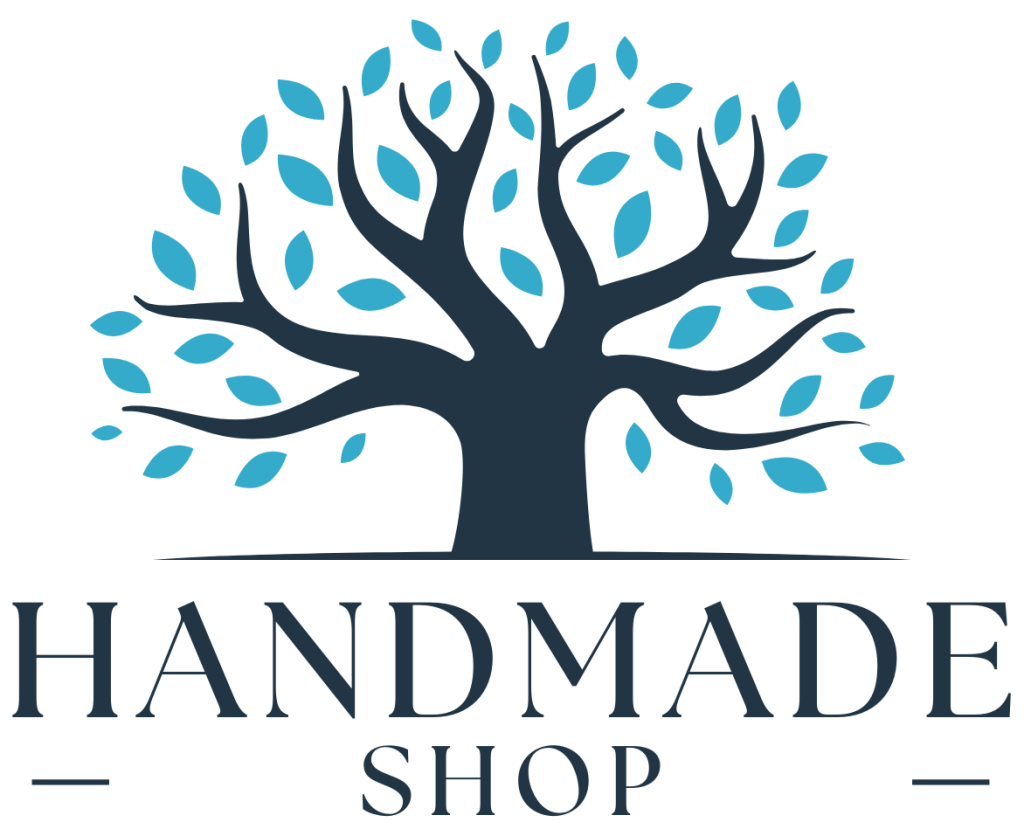-
×
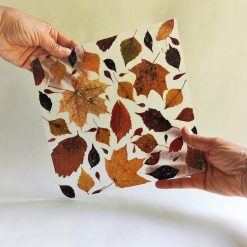 Nestyarn Dried Fall Leaves Handmade Craft Paper Sheets
1 × $5.63
Nestyarn Dried Fall Leaves Handmade Craft Paper Sheets
1 × $5.63 -
×
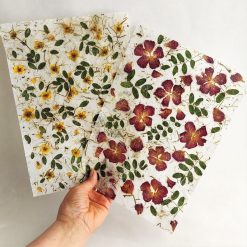 Nestyarn Pressed Flower Dried Floral Handmade Paper Set
1 × $6.76
Nestyarn Pressed Flower Dried Floral Handmade Paper Set
1 × $6.76 -
×
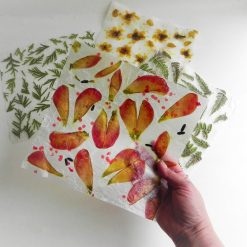 Nestyarn Flowers and Plants Unique Handmade Paper Set of 4
1 × $22.52
Nestyarn Flowers and Plants Unique Handmade Paper Set of 4
1 × $22.52 -
×
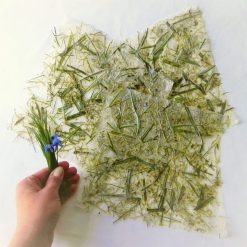 Nestyarn Green Grass Textured Recycled Handmade Gift Wrap
1 × $5.63
Nestyarn Green Grass Textured Recycled Handmade Gift Wrap
1 × $5.63 -
×
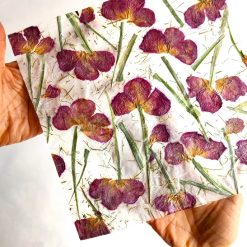 Nestyarn Flower Petal Square Wedding Handmade Paper
1 × $5.63
Nestyarn Flower Petal Square Wedding Handmade Paper
1 × $5.63 -
×
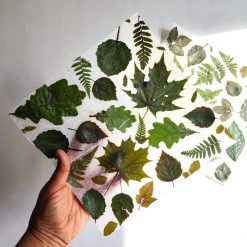 Nestyarn Green Leaves Natural Paper Handmade Gift Wrap
1 × $5.63
Nestyarn Green Leaves Natural Paper Handmade Gift Wrap
1 × $5.63 -
×
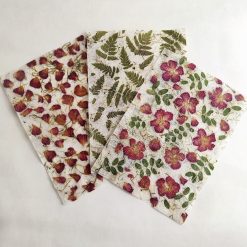 Nestyarn Botanical Pressed Flower A4 Handmade Paper Set
1 × $6.76
Nestyarn Botanical Pressed Flower A4 Handmade Paper Set
1 × $6.76
Handmade pressed paper is more than just a crafting material—it’s an art form that beautifully combines creativity and sustainability. With growing environmental concerns and a rising demand for unique, personal touches in everyday items, handmade pressed paper has become a popular choice among artists, crafters, and eco-conscious individuals. This article dives into the techniques, benefits, and potential uses of handmade pressed paper, revealing why this timeless craft continues to capture imaginations worldwide.
What is Handmade Pressed Paper?
Handmade pressed paper is crafted through a meticulous process of recycling and transforming natural fibers into paper. Unlike mass-produced paper, handmade pressed paper has an organic, textured appearance that reflects the care and effort behind its creation. The fibers used can come from various sources, such as:
- Recycled paper scraps
- Cotton and linen rags
- Plant materials like leaves, flowers, or grasses
The process involves breaking down these fibers into a pulp, forming it into sheets, and pressing it to remove water. Once dried, the paper can be used for a range of artistic and practical purposes. Its natural and rustic look makes it particularly popular for creative projects, where uniqueness is key.
Techniques for Creating Handmade Pressed Paper
Crafting handmade pressed paper requires a blend of patience, skill, and the right materials. Below is an overview of the typical process:
- Preparing the Pulp:
The first step involves shredding recycled materials or natural fibers into small pieces. These pieces are soaked in water to soften them and then blended into a smooth pulp. - Molding the Paper:
The pulp is poured onto a mold and deckle (a screen attached to a frame). The mold helps shape the paper and remove excess water. At this stage, additional materials like dried flowers or colored fibers can be added to customize the design. - Pressing and Drying:
After forming the sheet, the excess water is pressed out using a sponge or roller. The sheet is then transferred to a flat surface, such as a cloth or board, to dry completely. - Finishing Touches:
Once dried, the paper can be trimmed, flattened, or enhanced with decorative elements to suit its intended purpose.
These techniques can be adapted to different styles, allowing for endless creative possibilities.
Benefits of Handmade Pressed Paper
Handmade pressed paper offers a host of advantages, both practical and aesthetic, that make it a compelling choice for creative and sustainable projects.
- Eco-Friendly Solution:
Unlike conventional paper production, which often involves cutting down trees and using harmful chemicals, handmade pressed paper relies on recycled materials and natural processes. It helps reduce waste and promotes sustainability. - Unique and Artistic Appeal:
Each sheet of handmade paper is one of a kind, with its own textures, patterns, and imperfections. This individuality makes it ideal for projects where originality and personality matter. - Durability and Quality:
Handmade paper is often more durable than machine-made paper due to its strong fibers and lack of chemical additives. It can withstand wear and tear, making it suitable for long-lasting applications like bookbinding or art prints. - Versatility:
Whether you’re creating wedding invitations, journaling, or making art, handmade pressed paper adapts beautifully to various uses. It also pairs well with different mediums like calligraphy, watercolors, or printmaking. - Cultural and Artistic Value:
Handmade paper is often associated with traditional craftsmanship and supports local artisans who preserve this age-old skill. By choosing handmade paper, you’re also contributing to the survival of these cultural practices.
Applications of Handmade Pressed Paper
The versatility of handmade pressed paper makes it suitable for countless projects:
- Art Projects: Its texture and natural appearance make it perfect for painting, drawing, or printmaking.
- Stationery: Ideal for creating unique journals, greeting cards, or envelopes.
- Event Decor: Use it for wedding invitations, table cards, or rustic event decorations.
- Gift Wrapping: A sustainable and elegant alternative to conventional wrapping paper.
- Home Decor: Frame pieces of handmade paper as wall art or use it in DIY crafts.
Conclusion
Handmade pressed paper represents the perfect balance between sustainability and creativity. It embodies a thoughtful approach to resource use while offering unparalleled artistic value. By embracing this traditional craft, you’re not only making eco-friendly choices but also supporting local artisans and celebrating the beauty of imperfections.
Whether you’re an artist looking for a unique medium, a crafter seeking sustainable materials, or simply someone who values the charm of handmade items, handmade pressed paper is an excellent choice. Start exploring this art form today and see how it can transform your projects while contributing to a greener planet.
